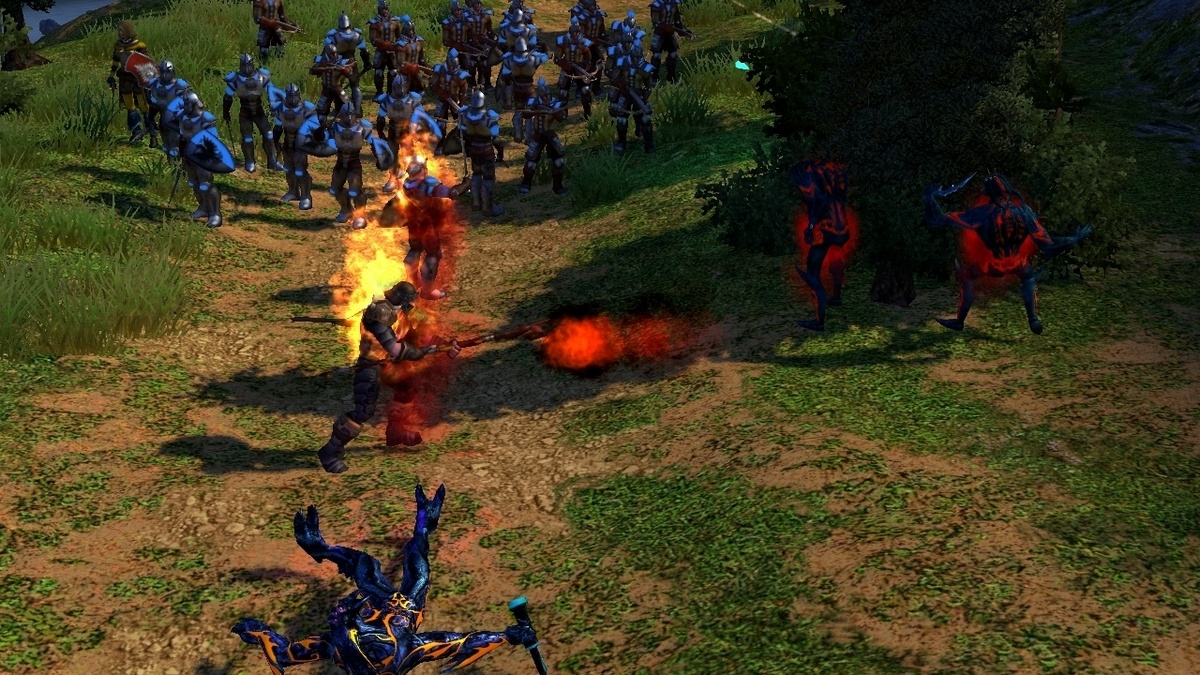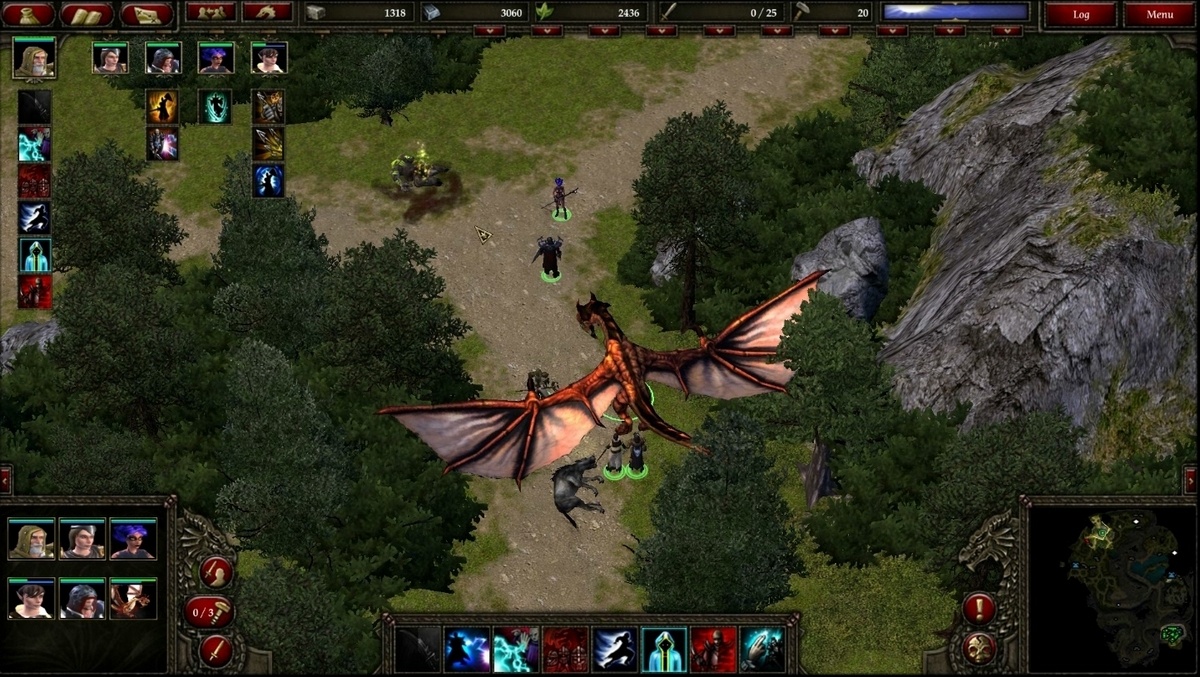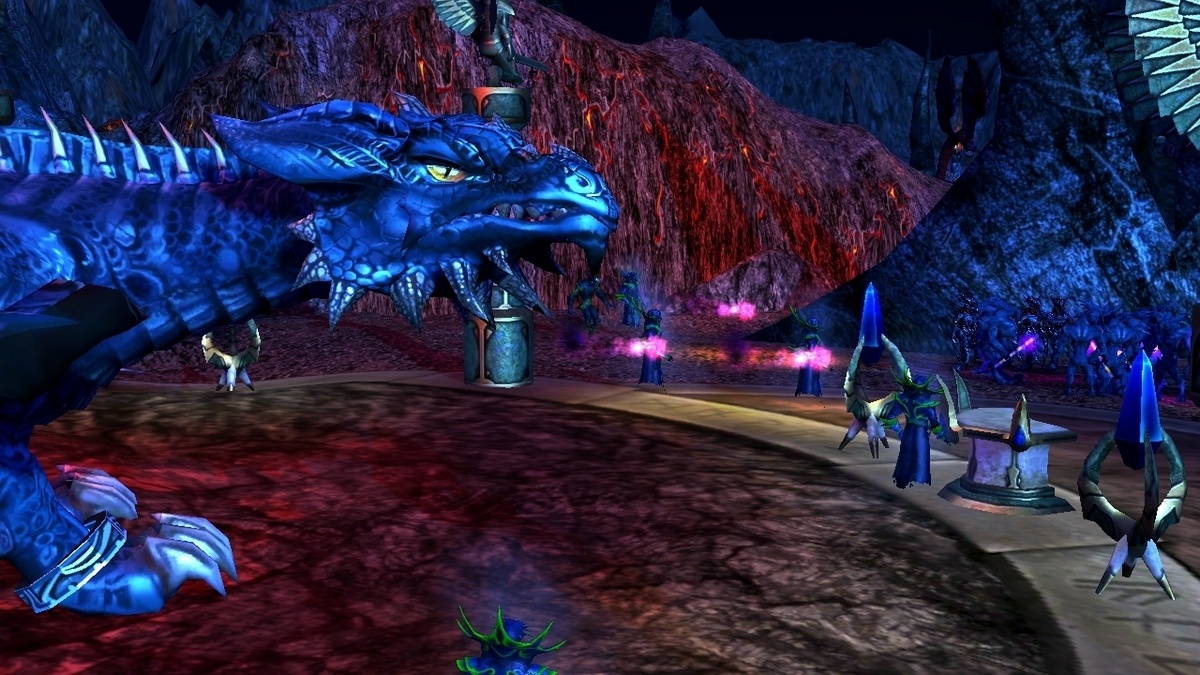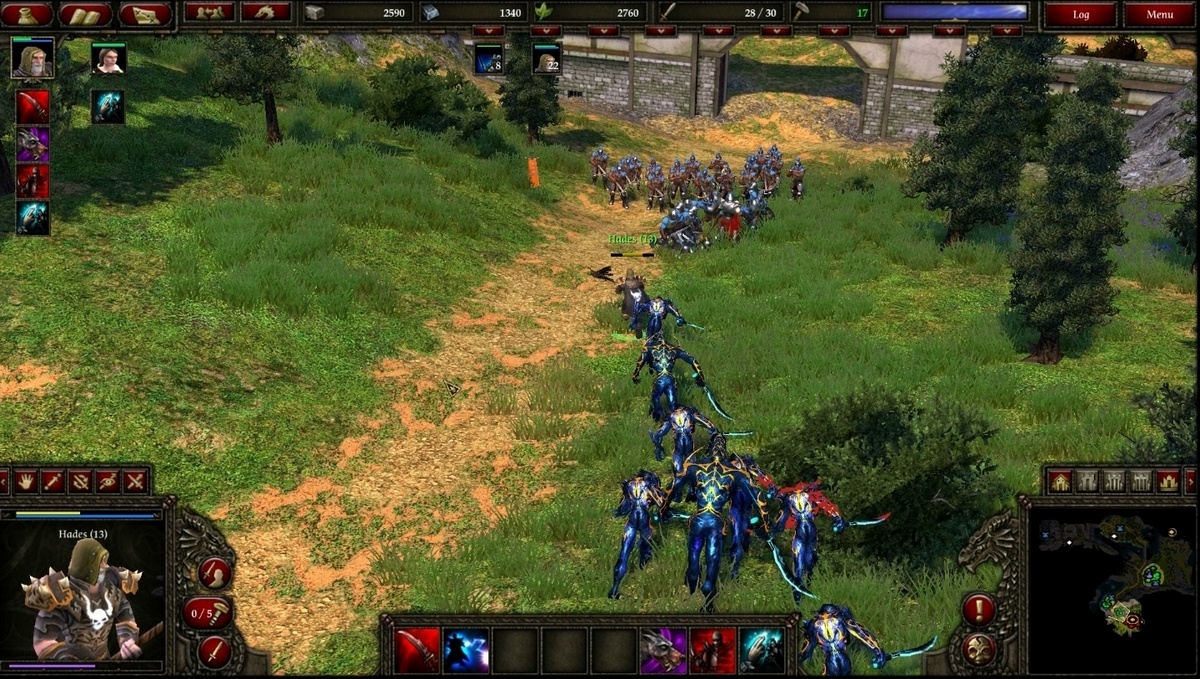Five years is a span of time normally reserved for the development cycles of products like meaty sequels to sprawling role-playing games. Fans of 2006's SpellForce 2, however, have spent that many years waiting not for its sequel, but for the game's next expansion. Finally, you can once again experience the unique mix of RPG mechanics and real-time strategy that made SpellForce 2's initial release such a success. And that's part of the problem. After so long a wait, Faith in Destiny feels like more of the same despite a handful of tweaks.

Faith in Destiny is a stand-alone expansion, fortunately, which means you won't have to spend hours looking through old hard drives if you want to pick up where you left off after Dragon Storm, SpellForce 2's only other expansion. At the same time, it's also a little surprising to discover that the story unfolds as if this were 2007 and you still had fresh memories of the struggle with the Shaper in your head. As a result, important names drop without background, characters mention key concepts without much context, and it takes some time or some digging for new players to realize the importance of the portals everyone keeps talking about.
The perfunctory explanations are a shame, because the plot revolves around those very portals. In the four in-game years since the Shaper's defeat, the portals that link the islands of the world have broken down, and the best minds of the other races have no idea how to fix them. If that's not bad enough, a troublesome race of demons known as the Nameless terrorize the countryside with impunity. Naturally, the task of fixing all this falls on your shoulders. You play as a Shaikan who must also find out why he's plagued with horrible dreams.
It's not a bad story, but it hinges on forgettable fantasy cliches about destiny that never attain the comparative heights of Shadow Wars and Dragon Storm. When the story is at its worst, poor voice acting and animations in the cinematics--a step down for the franchise in almost every way--season the heavily accented interactions with dwarves and dragons with unintended humor.

If only the combat weren't so clunky. Getting the most out of the system requires assigning abilities for both your Shaikan hero and his various companions to specific hotbars, but the absence of customizable hotkeys renders combat more taxing than necessary. When it comes time to use these abilities on specific enemies (or toss heals on allies), you must perform acrobatics such as using your mouse to select your character, clicking on a spell or ability from the hotbars, and then clicking on the intended target. That's complicated enough for one hero in the absence of hotkeys, but it almost becomes unmanageable once you extend the practice to your companions.
Reaching a base in one of the four campaign maps usually triggers the real-time strategy elements. For the most part, these revolve around the base building, troop and worker creation, and resource management common to games like Starcraft, and streamlined mechanics (such as workers who focus on only one specific resource) alleviate some of the need to micromanage while also controlling your hero.
Simplified group selection tools for troops and laborers mark a welcome touch, but beyond some other minor interface tweaks, there's very little in the way of growth in this expansion, aside from an opportunity for heroes to mount and fly a dragon--a change that doesn't have as big of an impact as it sounds like it should. Still, Faith in Destiny is enjoyable once resources start pouring in and troops start moving. The flawed dance of RPG stylings and RTS gameplay might make missions longer than necessary, but it's still easy to see what made SpellForce 2's appearance in 2006 so appealing.
The visuals, unfortunately, haven't fared so well. SpellForce 2 may have been one of the better-looking takes on the real-time strategy genre when it first appeared, but now its dated character models and environments are decidedly unimpressive. It's a pity that more effort wasn't at least spent on smoothing the jagged edges on most sprites and objects. An option to switch from the isometric camera common to the RTS genre to a more RPG-appropriate third-person view allows for some visual variety, but it's of little value since coordinated attacks still rely on the mechanics of the RTS gameplay.

Beyond the campaign, online and local multiplayer modes for up to six players offer some substantial incentives for replay, particularly since you're provided with a robust creation kit for creating maps and sharing them with the community. The inclusion of the Nameless as a playable faction comes as a refreshing surprise, as does a new Domination mode that calls for capturing and controlling points on the map. If there's a drawback, it's that the multiplayer modes lack the RPG elements that stand out as the series' main contribution to the real-time strategy genre, although their removal succeeds in speeding up the matches.
Faith in Destiny might have merited some attention four or five years ago, but today it pales in light of advances in games with similar concepts, such as Warhammer 40,000: Dawn of War II and its own two expansions. That's not to say that SpellForce 2's hybrid concepts have lost the power to allure, but you'd probably be better served playing SpellForce 2: Shadow Wars and its Dragon Storm expansion if you're a new player wanting to get the most out of a meaningful campaign, especially since Faith in Destiny offers a mere four maps to choose from. The main benefit of playing Faith in Destiny springs from its inclusion of live servers for multiplayer play, but even this comes as a small consolation since the servers are typically empty only a month after release. Longtime fans might enjoy the change of scenery in this blemished offering, but it's clear that the spells this unique franchise weaves just don't have the force they once had.




